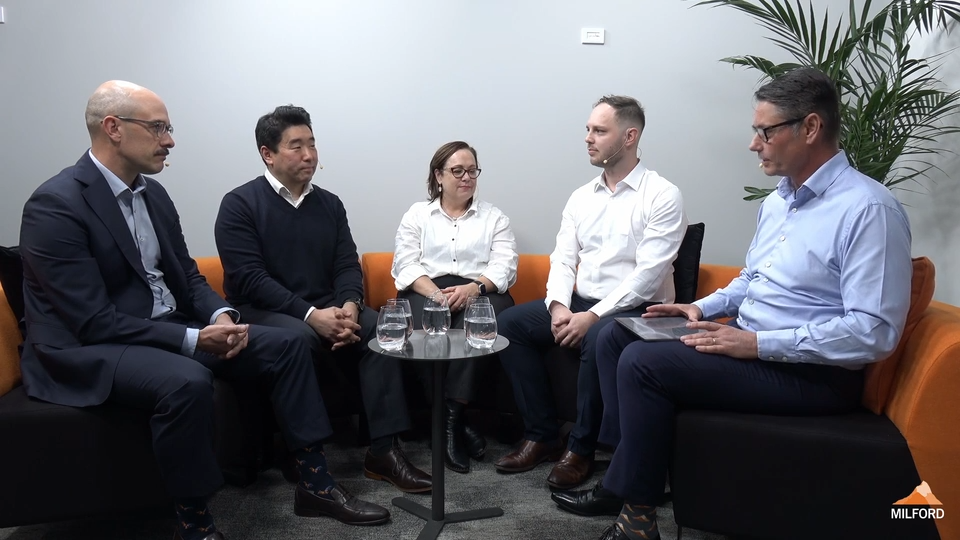The pause that refreshes
After a very strong six months, April saw a pullback in global shares. This was accompanied by ongoing weakness in global bond markets. Despite this headwind, Milford’s Funds significantly outperformed underlying markets and only registered very modest declines.
2024 has been marked by a stickiness to inflation, with global inflation readings continuing to stubbornly exceed central bank targets. This has been gradually eroding investor hopes for interest rate cuts from central banks – a key pillar of support for the bullish outlook for equity markets. Indeed, investors now expect the US Federal Reserve to only cut rates by 0.25 percentage points this year, a marked change from the cuts of 1.5 percentage points that were expected as we entered 2024.
Shifting interest rate expectations have significant implications for asset pricing. Bond markets have fallen and share markets have begun to experience headwinds from these higher bond yields. In addition, performance of shares has rotated more towards companies that are beneficiaries of higher inflation – most notably value and commodity stocks.
At Milford, we had been anticipating this inflation dynamic and our Fund positioning reflected this view. We have held fewer shares, moderated our exposure to interest rates and rotated our share holdings. In a month of falling shares, it was pleasing to note a number of our key holdings were strong positive performers. These include Shell (up 9.1%) and European banks such as Bank of Ireland (up 6.3%) and NatWest Group (up 14.3%), as well as Australian resource companies Newmont (up 18.6%) and South32 (up 19.7%).
Looking forward, we continue to be excited about investment opportunities. Higher yields on bonds mean we can start to contemplate adding back some exposure to selected bond investments. Similarly, some shares such as income stocks are becoming more attractive as we move closer to a peak in bond yields. We also continue to find many investment themes that are less sensitive to the short-term economic cycle, such as artificial intelligence, sustainable energy transition and innovations in healthcare.
Finally, the coming year will likely see further divergence in the global economy as countries’ varying sensitivity to interest rates will require different responses from individual central banks. A decoupling global economy will present further investment opportunities across currencies, interest rates and shares.


